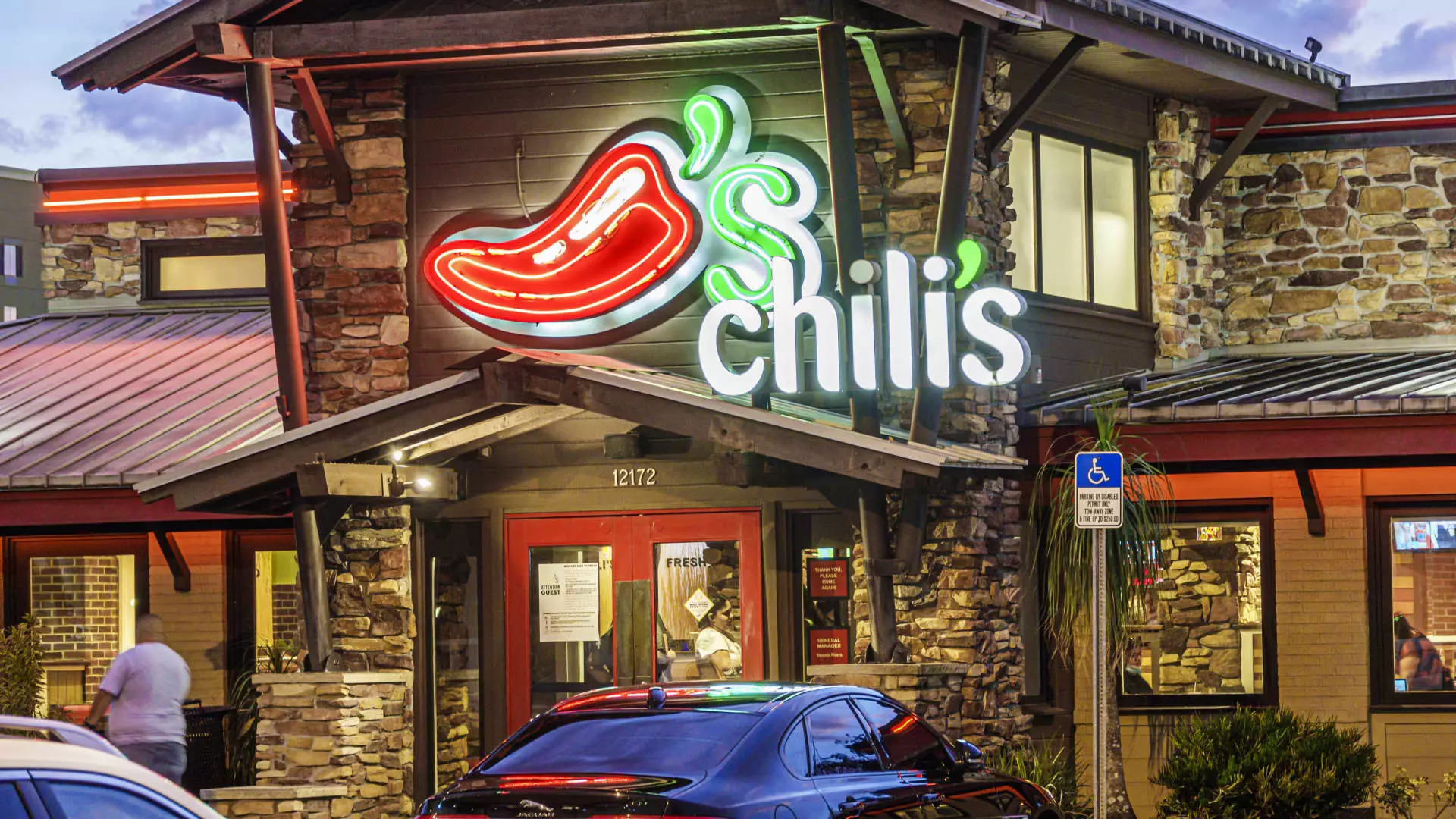Chili’s, under the leadership of Brinker International, has experienced a significant turnaround in the past two years. The CEO, Kevin Hochman, attributes the recent success of the chain to customers finally recognizing the brand’s transformation. This transformation has been fueled by a strategic approach to menu offerings, advertising campaigns targeting fast-food rivals, and embracing social media trends.
One of the key drivers of Chili’s recent success is its ad campaign targeting fast-food chains. By promoting its $10.99 Big Smasher meal and taking aim at the rising prices of fast-food rivals, Chili’s struck a chord with consumers. This helped drive a significant portion of the chain’s growth in the latest quarter. Additionally, the viral sensation of the Triple Dipper on TikTok further boosted sales, accounting for a substantial portion of the chain’s revenue growth.
Despite the success of its menu offerings and advertising campaigns, Chili’s has faced operational challenges as a result of increased customer demand. The influx of customers, many of whom are new or returning after a long hiatus, has put pressure on the chain’s workforce. Chili’s has been investing in labor for the past two years, hiring additional bussers and cooks to meet the demand. These investments have impacted the company’s bottom line in the short term.
Under Kevin Hochman’s leadership, Chili’s has made strategic shifts to grow sales profitably. The company has streamlined its menu by shedding about 22% of items, focusing on popular and profitable offerings. Additionally, Chili’s has scaled back on less profitable strategies, such as offering fewer coupons and discontinuing virtual brand initiatives. By focusing on value and quality over quantity, Chili’s has positioned itself as a leader in the casual dining industry.
As Chili’s heads into a new fiscal year, the company faces challenges in retaining its new customer base. A competitive landscape with several value-focused offerings from rival chains like McDonald’s and Outback Steakhouse poses a threat to Chili’s market share. Additionally, the economic uncertainty and rising food prices could impact consumer spending on dining out. Despite these challenges, Brinker International is taking a cautious approach to its fiscal 2025 outlook, setting achievable goals in anticipation of a potentially worsening economic climate.
Chili’s success story is a result of a strategic approach to menu offerings, advertising, and operational improvements. By adapting to changing consumer preferences and leveraging social media trends, Chili’s has positioned itself for sustained growth in the competitive casual dining market. To maintain its momentum, the chain must continue to innovate and differentiate itself from competitors while navigating the challenges of a rapidly changing economic landscape.

